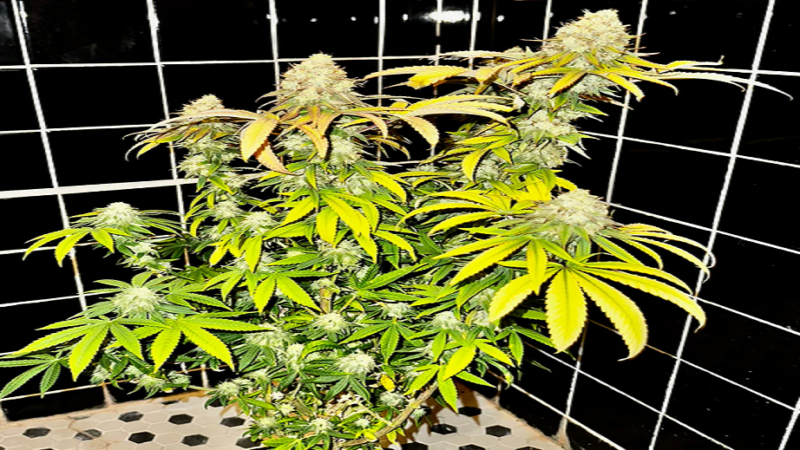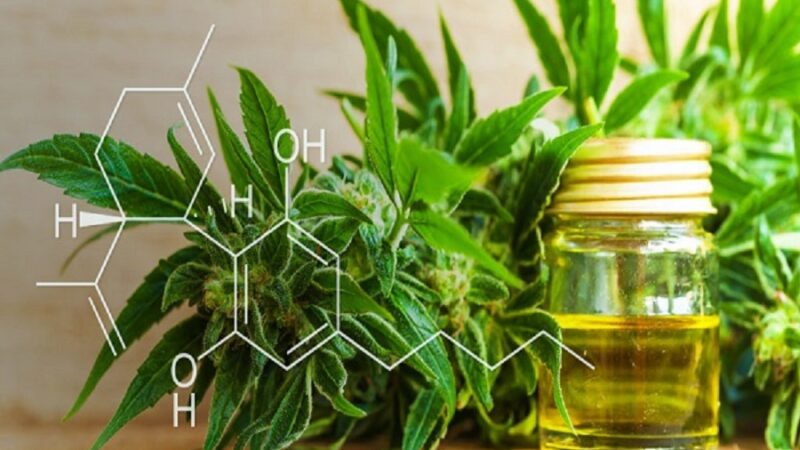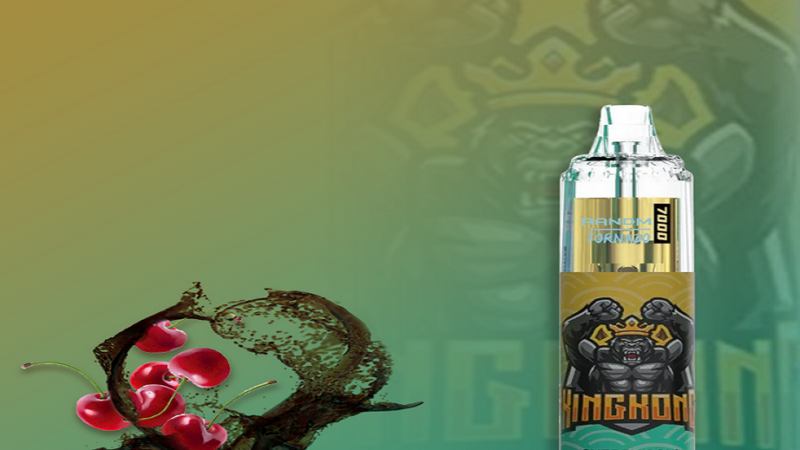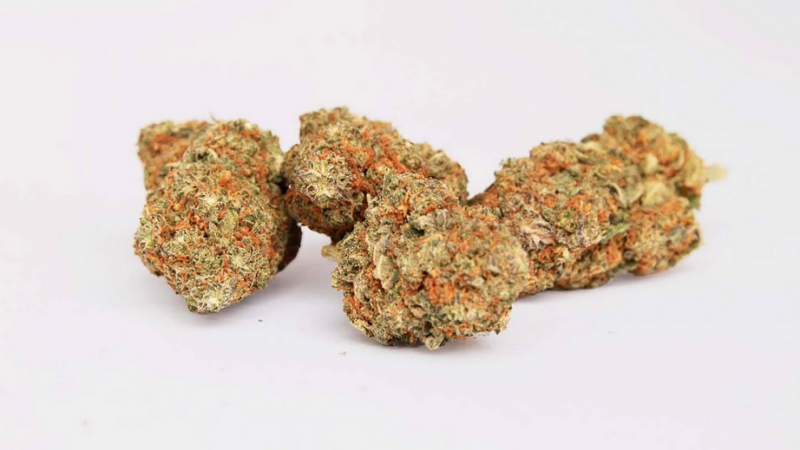THCP stands for tetra-hydro-canna-bi-phorol. It was discovered in 2019, so there hasn’t been much study on its impacts yet. The only study we do have has been discovering its safety and strength using animal and artificial insemination cell societies. THCP exists naturally in cannabis plants– albeit with very low concentrations. It can be extracted and derived from hemp and marijuana using chromatography strategies.
This cannabinoid appears to bind to the CB1 receptors 33 times more regularly than delta-9 THC. Activation of the CB1 endocannabinoid receptors is what gives THC and THCP their psychedelic effects.
How Cannabis Plants Make THCP?
Virtually all cannabinoids in cannabis and hemp plants, including THC, CBD, and THCP, start their life as cannabigerol acid (CBGA). Without turning this article into a chemistry lecture, it is enough to say that CBGA goes through a chemical process with various other acidic compounds in cannabis to produce a precursor molecule for THC-P called tetra-hydro-canna-bi-phorolic acid (THCPA). THCPA is after that slowly transformed into THC-P by the cannabis or hemp plant through a procedure called decarboxylation.
What Are the Effects of THCP?
Many THCP users explain the effects as a more noticeable variation of THC. It’s more strong (nearly psychedelic), so you need a smaller dosage to experience the same general effects as THC.
A recent study about the effects of THCP is limited, however, people who have tried THCP record that its effects are practically indistinguishable from THC’s results.
Although THCP and THC may share lots of benefits, there is one key distinction.
THCP is 30 times more biologically active than THC and, for that reason, also has proportionally stronger effects. This means the dose of THCP and THC are going to be extremely varied.
How Does THCP Work?
THCP works by interacting with your body’s endocannabinoid system. The endocannabinoid mainly has two kinds of receptors: cannabinoid receptor kind one (CB1) and cannabinoid type 2 (CB2) receptors. CB1 and CB2 receptors act differently and develop different effects. CB1 receptors are found in the nervous system and are responsible for the psychedelic properties of THC and THC-P. Like THC, THCP is a strong CB1 agonist, meaning it binds with the receptor and causes an impact.
How Do You Take THCP?
You can find a variety of thcp for sale products available right here, at d8austin.com. THCP can be used similarly to any other cannabinoid. It can be vaped, smoked, consumed, consumed sublingually, or perhaps applied to the skin.
Many thanks for reading this short article.




